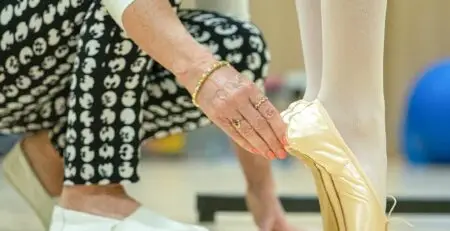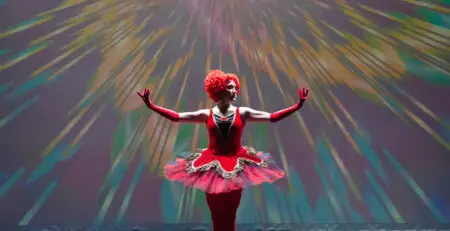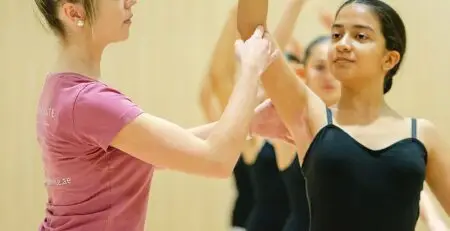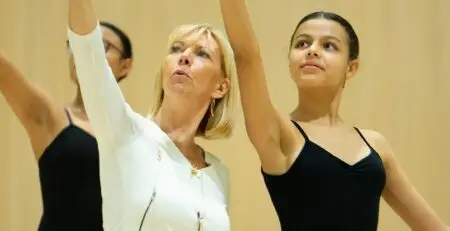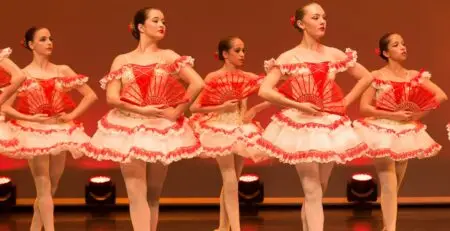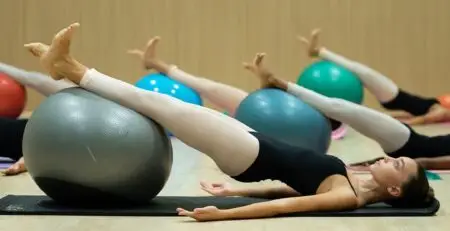What Does It Take To Be A Ballet Dancer: Essential Skills
“What does it take to be a ballet dancer?” is a common question that arises while watching the mesmerising performance of ballet dancers, who demonstrate a stunning combination of grace, strength, and discipline that leaves the audience in awe.Â
Turning Pointe dance studio in Dubai is the perfect place to nurture and develop the essential skills to become a ballet dancer. This blog will discuss the essential abilities and characteristics that make someone a successful ballet dancer.
Physical Attributes and Fitness
Flexibility
Ballet dancers are known for their impressive flexibility, which allows them to execute fluid and elegant movements on stage. To achieve this level of flexibility, dancers must engage in daily stretching exercises targeting various muscle groups. These exercises improve a dancer’s range of motion and help prevent injuries.
Strength
Strength is crucial for ballet dancers as it enables them to maintain stability, perform jumps and lifts, and efficiently execute challenging movements. Core stability and upper body strength are essential for maintaining posture and balance, while lower body strength is required for powerful jumps and intricate footwork.
Stamina
What does it take to be a ballet dancer in terms of stamina? Ballet dancers need exceptional cardiovascular endurance and muscle endurance for sustained performance. Dancers often participate in cardio workouts, such as running or swimming, to improve their stamina and maintain energy levels throughout lengthy performances.
Height
Are ballet dancers tall? While many people might assume that all ballet dancers are tall, height can vary significantly among dancers. The most important factor is having a proportionate body, which allows for fluid and harmonious movement. Taller dancers may find specific roles more suited to their physique, while shorter dancers may excel in other parts.
Technical Proficiency
Ballet Techniques
Ballet dancers must thoroughly know ballet moves, vocabulary, proper alignment, and posture. This knowledge allows them to execute movements precisely and gracefully, which is essential in conveying a ballet performance’s story and emotions.
Balance and Control
Balance and control are vital for maintaining equilibrium during turns, arabesques, and other complex movements. Core strength is crucial for achieving balance, as it helps dancers maintain their centre of gravity and avoid falling or wobbling during challenging sequences.
Precision and Artistry
In addition to mastering ballet’s technical aspects, dancers must possess a keen sense of precision and artistry. It involves executing movements cleanly and accurately while expressing emotions through movement and facial expressions. Combining technical skill and artistic expression sets ballet apart as a captivating and evocative art form.
Commitment and Dedication
- Rigorous Training: What does it take to be a ballet dancer in terms of training? Professional ballet dancers typically train for several hours daily, honing their technique and constantly striving for improvement. This level of commitment is crucial for maintaining their skills and staying at the top of their game.
- Time Management and Sacrifice: Dancers often must balance their ballet dance classes with other aspects of their lives, such as school, work, and personal relationships. It requires excellent time management skills and a willingness to make sacrifices for the sake of their passion.
Mental Fortitude
- Focus and Concentration: During performances, ballet dancers must remain focused and present in the moment. It involves blocking out distractions and maintaining concentration, even under the pressure of performing in front of an audience.
- Resilience and Perseverance: Becoming a professional ballet dancer is often fraught with setbacks and injuries. Resilience and perseverance are essential for overcoming these obstacles and pursuing goals, even in adversity.
Passion and Love for Ballet
- Intrinsic Motivation: The drive to succeed as a ballet dancer must come from within. A love for ballet and the desire to share its beauty with others fuels the hard work and dedication required to excel in this demanding art form.
- Joy in Performance: One of the most rewarding aspects of being a ballet dancer is the opportunity to share the beauty of ballet with audiences. Through their performances, dancers can inspire others and create a lasting impact on those who witness their artistry.
Strategies for Developing Stage Presence and Managing Anxiety
Projecting Confidence and Poise
Mastering the art of ballet demands confidence and poise while performing on stage. Achieving this requires the following:
- Practising proper posture and body language to convey self-assurance
- Maintaining eye contact with the audience and fellow dancers
- Conveying emotions through facial expressions that complement the performance
Engaging the Audience
An essential skill for a ballet dancer is engaging and captivating the audience. To achieve this, dancers should:
- Connect emotionally with viewers by immersing themselves in the storyline
- Use dynamic movement and storytelling to hold the audience’s attention
- Be mindful of stage presence, ensuring every movement is visible and expressive
Developing Coping Strategies
Performance anxiety is a common challenge for many dancers. Developing coping strategies can help:
- Utilise deep breathing exercises and visualisation techniques to calm nerves
- Focus on personal progress and growth rather than striving for perfection
- Practice mindfulness and meditation to stay present during performances
Embracing Pre-Performance Rituals
Establishing pre-performance rituals can help dancers feel more confident and prepared:
- Create a consistent warm-up routine that includes stretching and mental preparation
- Use positive affirmations and mental imagery to envision a successful performance
- Connect with fellow dancers to create a supportive environment backstage
Finding the Right Training: Turning Pointe Dance Studio
Professional Instructors
Training under professional instructors who can provide expert guidance and support to develop the essential skills needed to become a ballet dancer is crucial. At Turning Pointe, students receive instruction from experienced teachers dedicated to building a solid foundation in ballet technique.
Comprehensive Curriculum
Turning Pointe offers a comprehensive curriculum with classes for all ages and skill levels, from beginners to advanced students. It ensures that aspiring ballet dancers receive the appropriate training and opportunities to grow and develop as artists. Additionally, the studio provides performance opportunities that allow students to apply their skills in a real-world setting and gain valuable stage experience.
Conclusion
So, what does it take to be a ballet dancer? Becoming a professional ballet dancer requires a combination of physical attributes, technical proficiency, commitment, mental fortitude, and an unwavering passion for the art form. If you’re wondering when to start ballet, the answer is, it’s always possible to start. With dedication and commitment, anyone can learn and excel at ballet, regardless of age or experience level. At Turning Pointe, aspiring ballet dancers can find the guidance and support they need to develop these essential skills and achieve their dreams.




